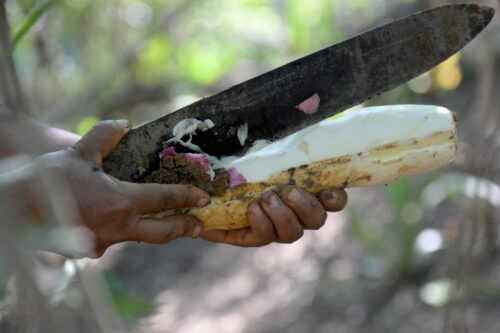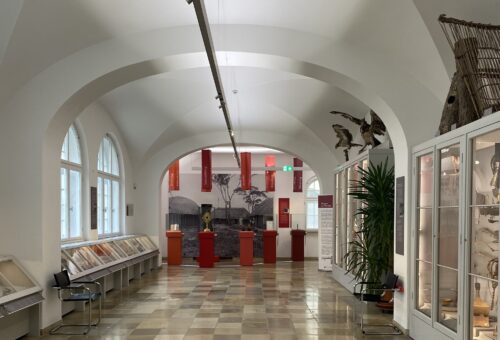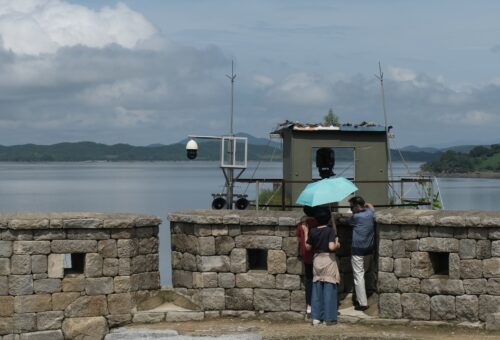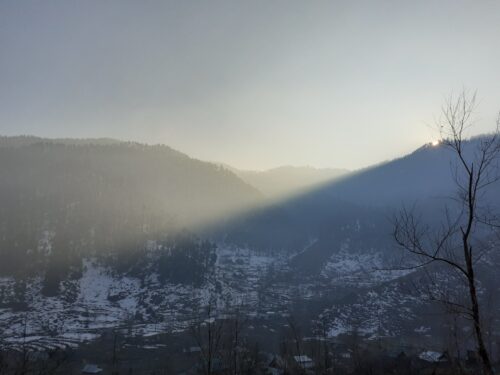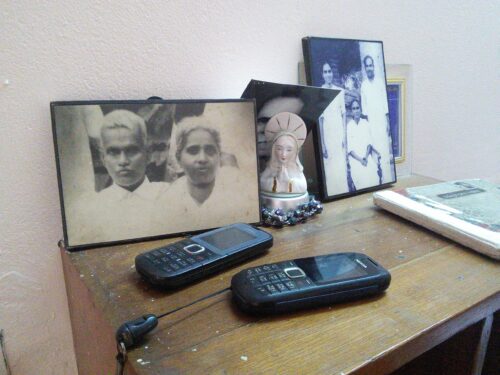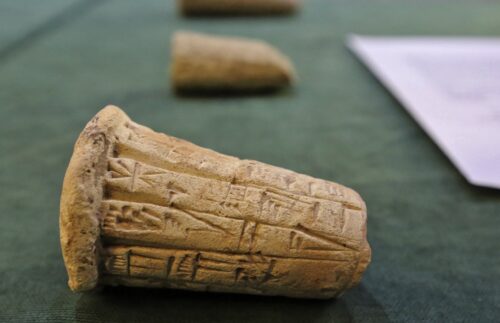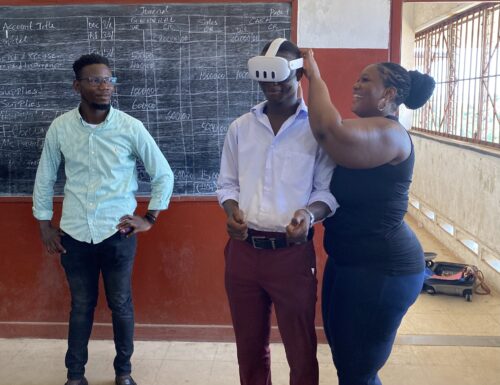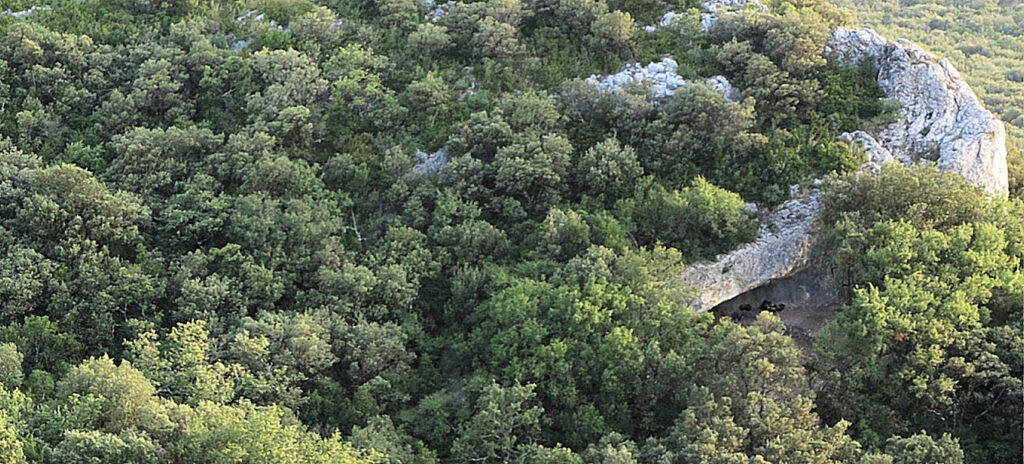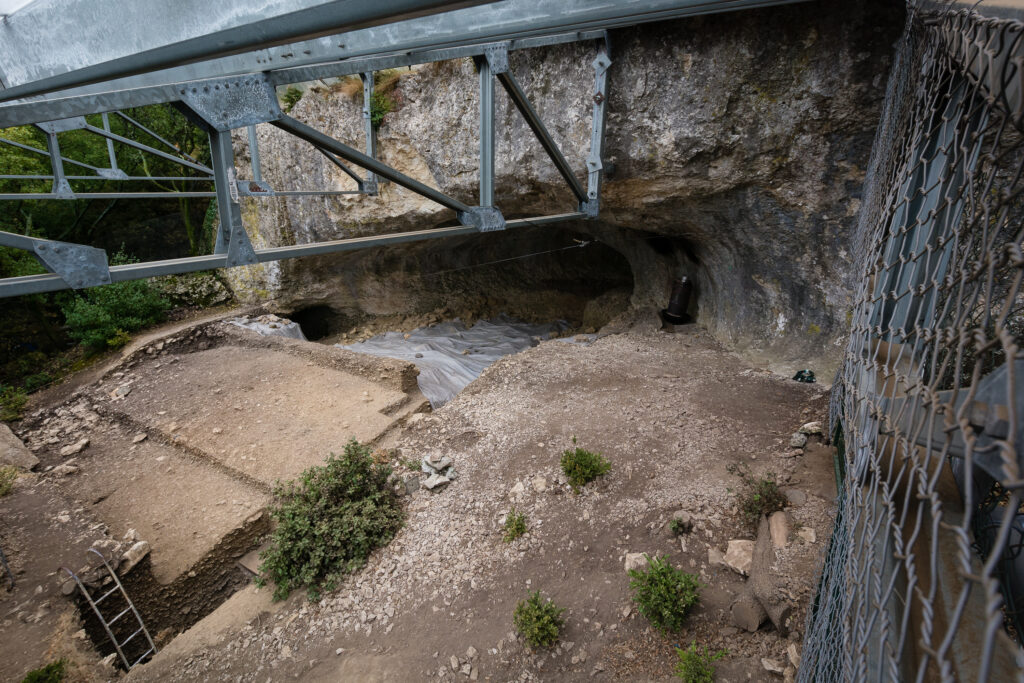Unraveling a “Ghost” Neanderthal Lineage
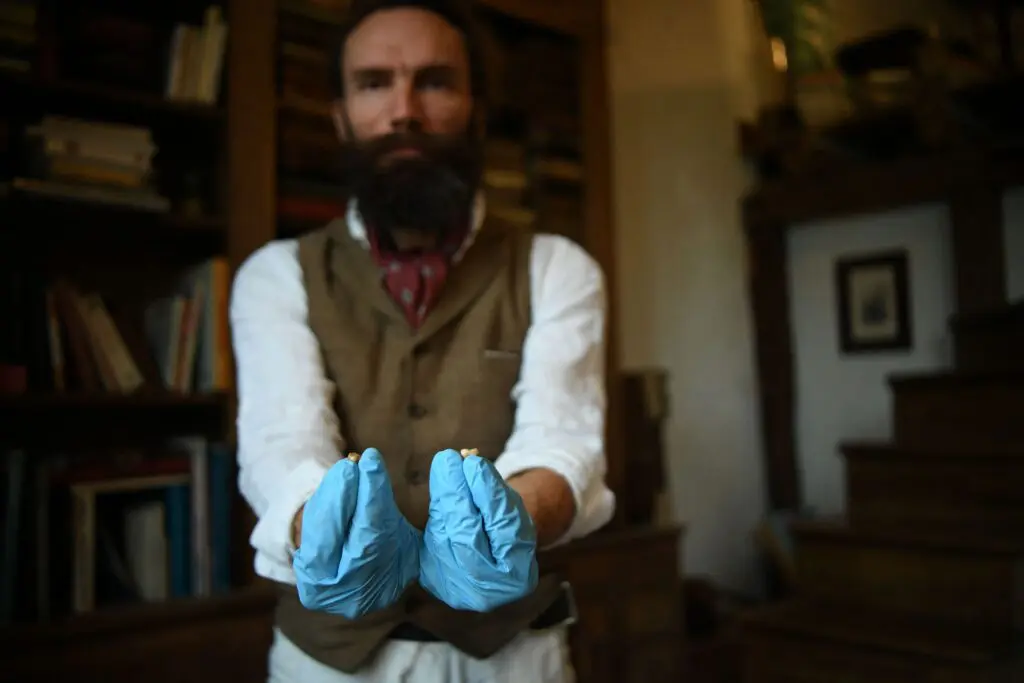
This article was originally published at The Conversation and has been republished under Creative Commons.
The prevailing narrative of how humanity came about seemed straightforward enough: In what is today Europe, the last Neanderthals bowed out as Homo sapiens began arriving on the continent around 40,000 to 45,000 years ago.
Neanderthals in Europe were thought to be part of a single, genetically homogeneous population spread across Spain, France, Croatia, Belgium, and Germany. Genetic studies supported this view, suggesting a uniform population that would eventually give way to the newcomers, H. sapiens. In just a few millennia—between 45,000 and 42,000 years ago—the brief cohabitation of these two species in Europe ended with the replacement of Neanderthals.
The explanation was elegant and simple—perhaps a little too simple.
A new lineage of Neanderthals
Our research published in Cell Genomics in September complicates this picture, revealing that there was not one but at least two lineages of Neanderthals. This insight follows from our genetic analysis of body remains found in the Mandrin Cave in southeastern France.
The study in Cell Genomics, which I co-led with Tharsika Vimala and Martin Sikora, population geneticists at the University of Copenhagen in Denmark, as well as Andaine Seguin-Orlando, a paleogenomicist at the University of Toulouse, is the culmination of nearly 10 years of research leading to the discovery of France’s first Neanderthal body since 1978. We have chosen to call him “Thorin” after the writings of J.R.R. Tolkien, since Thorin was one of the last dwarf kings in Tolkien’s lore. Fittingly, the Thorin of the Mandrin Cave is believed to be one of the last Neanderthals.
He is among the most recent occupations of the Mandrin Cave. We discovered his first teeth in 2015 lying on the ground at the cave’s entrance, barely covered by a few leaves. Although the teeth were initially exposed, they were embedded in fragile sand, making the excavation delicate. The slightest brushstroke risked displacing the precious remains, making it difficult to determine their precise position in the ground. As the head of research at Mandrin Cave, I decided we proceed to excavate the body with tweezers. Grain by grain, our team worked painstakingly for two to three months each—a process that has lasted for nine years and is still ongoing.
This Herculean field effort allowed the recovery of the tiniest remains, which were carefully documented in their original positions. Through three-dimensional mapping, the team has reconstructed the exact location of the remains in the ground.
Meet Thorin
So far, 31 teeth (Thorin had 34, representing the first Neanderthal ever found with surnumerary molars), along with the jawbone, fragments of the skull, phalanges, and thousands of tiny bones have been found. This excavation process requires remarkable patience; after nine years of effort, we have only managed to clear a small window of about 50 centimeters by 30 centimeters wide. Numerous remains of this body are likely to gradually emerge in the coming years.
Our study shows that Thorin’s population diverged significantly from other Neanderthals in Europe over more than 50,000 years. Unlike most late Neanderthals, who display genetic homogeneity, Thorin’s lineage remained genetically distinct from 105,000 years ago until their extinction.
This raises the question: How could human populations remain isolated for tens of thousands of years, despite living within a two-week walking distance of one another?
This is the challenge Thorin presents us with. Evolutionary, cultural, and social processes that seem unimaginable if we try to apply them to sapiens populations, as we understand them through cultural anthropology, history, and archaeology. Something appears to profoundly differentiate the ways of being in the world of Neanderthals and sapiens, something far deeper than mere cultural or territorial issues. It confronts us directly with the enigma of Neanderthals and, quite possibly, our own inability to understand this ancient species.
Thorin’s peers and other ghosts
Strikingly, we found that Thorin is not the only one in his lineage, with genetic analysis revealing links to another Neanderthal discovered over 1,700 kilometers away in Gibraltar. This Neanderthal, nicknamed “Nana,” was thought to be an ancient individual who lived 80,000–100,000 years ago.
However, the study in Cell Genomics reveals that Nana and Thorin lived during the same period—within the last millennia of Neanderthal existence. This close genetic proximity suggests that Nana and Thorin belonged to the same population of late Neanderthals, a population that would no longer have any exchanges with the classic European Neanderthals after the 105th millennium and up until their astonishing extinction 42,000 years ago.
Read more from the archives: “What’s Behind the Evolution of Neanderthal Portraits.”
Our study also suggests the existence of a “ghost” Neanderthal lineage—another population that roamed Europe at the same time yet remains unknown. This implies that there were other Neanderthal populations in Europe in relatively recent periods that belonged neither to the classic Neanderthals nor to Thorin’s population, but genetics is then able to identify moments when Thorin’s ancestors could episodically exchange genes with these ghost populations that remain largely unknown to archaeology and genetics. A fascinating story then slowly begins to emerge in which Neanderthal is not a monolithic block but is represented by different populations that nevertheless developed only rare (and sometimes no) exchanges among themselves.
Rewriting everything we know about early humanity
The revelations of additional lineages of Neanderthal are the latest discovery to prompt us to radically rethink our understanding of early humanity. In 2022, after 32 years of archaeological research, our team had already revealed the existence of a first sapiens migration to European territory 10,000 to 12,000 before the first migrations previously recognized. In the following year, we released three papers questioning our conceptions of this singular moment in human history, redefining not only the timing of these populations’ arrival but also that they had mastered advanced technology such as the bow and arrow, tracing back their steps to the Mediterranean Levant and proposing a profound redefinition of the entire historical structure of this singular moment in European history.
The latest discovery of Thorin’s remains, which I began to unveil in The Naked Neanderthal, poses countless questions. Did Neanderthals die out like the dinosaurs following a natural upheaval carrying away their entire world? Around Neanderthals, theories related to climate change, volcanic explosions, cosmic radiation, or devastating epidemics have flourished in recent years. To understand sapiens replacing Neanderthals, we must, above all, understand what Neanderthals were. And what sapiens are. And it is my conviction that the nature of the two creatures deeply eludes us.
The research continues, and, as more discoveries are made, the story only deepens.




